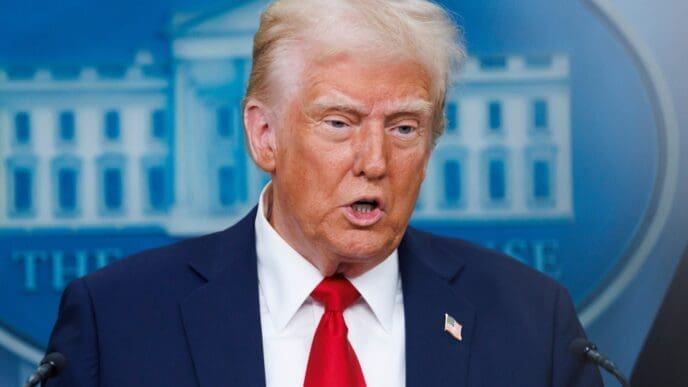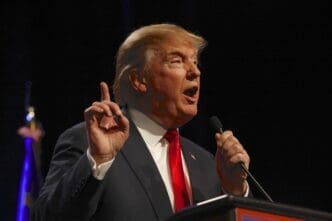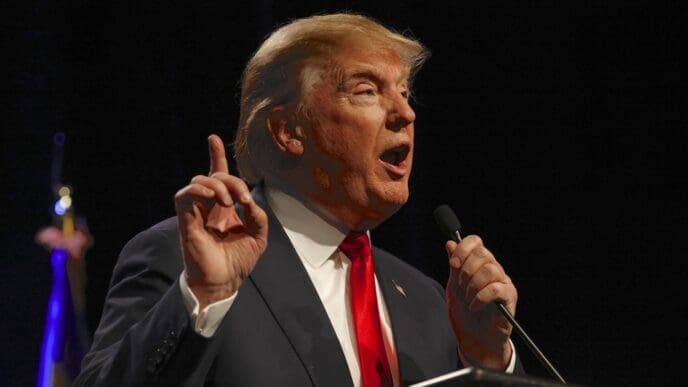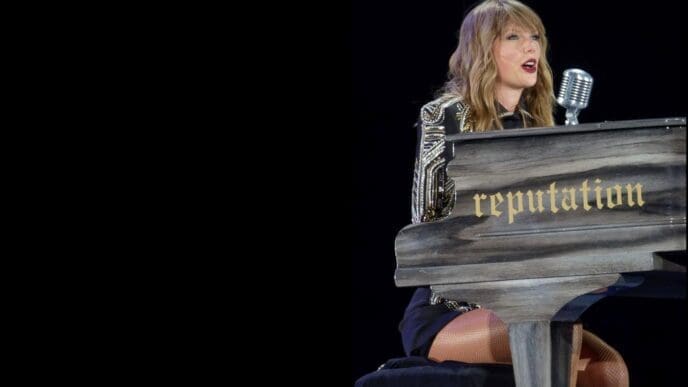President Donald Trump’s recent executive order proposes significant changes to U.S. election procedures, creating uncertainty for state and local election officials. With the 2026 midterms approaching, concerns are mounting about potential voter confusion. Officials are already dealing with reduced federal cybersecurity assistance and now face possible major shifts, including new voter registration requirements, decertifications of some voting systems, and stricter ballot deadlines for several states.
In Connecticut, Secretary of the State Stephanie Thomas is hopeful that the $20 million worth of ballot scanners recently purchased will meet the new requirements. However, she expresses concern for other states, noting the financial strain of frequently upgrading election equipment. “Imagine people purchased new equipment, and now it can no longer be used. There is no remedy for that in the order,” Thomas, a Democrat, stated.
The executive order is expected to encounter legal challenges, leaving election officials uncertain about the requirements and their timelines. Joseph Kirk, overseeing elections in Bartow County, Georgia, shared, “I have no idea what the timeline is for things in the executive order. I really hope we have some clarity on some of this stuff soon because no matter what the answers are, I need to take care of my voters.”
In the order, Trump criticized U.S. election officials while praising other countries’ election processes. Despite his claims of a rigged 2020 election, numerous reviews have confirmed no widespread fraud or manipulation of voting systems. Election officials have faced harassment, threats, and numerous record requests from skeptical groups, alongside legislative changes aimed at restoring public confidence.
Concerns are also rising over a new requirement for proof of U.S. citizenship when registering to vote. This change, part of the proposed Safeguard American Voter Eligibility Act (SAVE Act), is being debated in Congress. While some Republican state election officials support the federal assistance offered to verify voter eligibility and citizenship, Democratic counterparts and voting rights groups raise concerns about accessibility to necessary documents, which could disproportionately affect women and individuals lacking birth certificates or passports.
David Becker, a former Justice Department lawyer and current leader of the Center for Election Innovation & Research, highlighted the financial and logistical burdens of implementing this requirement, saying, “It’s creating an entirely new bureaucracy in every single state for the collection of that data, for the storage of that data, and for the retrieval of that data.”
Kate Sweeney Bell, who manages elections in Indiana’s Marion County, anticipates fewer problems in her state due to its restrictive voting laws. However, she is concerned about the rest of the country and the public education needed to inform voters of any changes. “I feel for every other state that doesn’t have the prohibitive laws that Indiana does, because it’s a rough couple of election cycles when changes like this are made,” Sweeney Bell commented.
Prolonged legal battles could delay clarity for both officials and voters, increasing distrust in the election process. Ryan Macias, an election security expert, warned, “If election officials are uncertain about the rules, there is no doubt that voters will not understand them — creating distrust in the process and ultimately in the validity of the outcome.”
Trump’s order further targets voting systems, potentially requiring counties to change machines without additional funding. It directs the U.S. Election Assistance Commission to revise standards to disallow devices using barcodes or QR codes on ballots, except for those used by voters with disabilities. Mark Lindeman, policy and strategy director with Verified Voting, explained the challenges states face in procuring and testing new systems, particularly if multiple states need replacements simultaneously.
How Trump’s Executive Order Could Affect You
- Increased Voter Confusion: With potential changes to registration and voting systems, voters may face uncertainty about the process, potentially reducing turnout and trust.
- Financial Strain on States: States may face significant financial burdens to comply with new requirements, impacting budgets and potentially leading to increased taxes or cuts in other services.
- Citizenship Verification Challenges: Requiring proof of citizenship could create barriers for millions of Americans lacking easy access to necessary documents.
- Legal Uncertainty: Ongoing legal challenges could lead to delays in implementing changes, leaving voters and officials in a state of limbo.
- Impact on Election Infrastructure: States might need to overhaul voting systems, leading to logistical challenges and potential disruptions during elections.
- Federal-State Tension: The executive order increases federal involvement in state-run elections, potentially leading to tensions and inconsistencies between state and federal policies.













